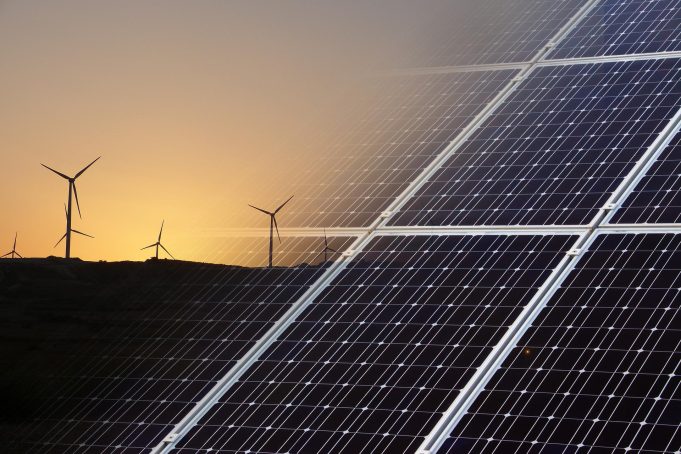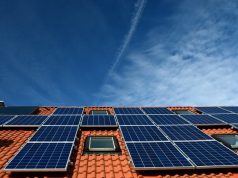There are many government institutions, universities, and scientists around the world who all work to find ways to replace conventional fossil fuels with renewable green energy. Most people agree that when the world is slowly moving to drain the natural resources of the earth, we need to reduce our dependence on unrelatable energy sources such as fossil fuels known as coal, petroleum, and natural gas.
Alternative energy fills the gap between non-realistic free energy sources and more traditional fossil fuels. In the past, nuclear energy was seen as an answer to our global energy problems. A large amount of energy that can be produced from a small amount of uranium is seen as a future way to give our planet power because it produces clean energy without contributing to global warming. But as we know, such as fossil fuels, uranium is also a limited natural resource that will eventually run out.
Alternative energy generally refers to a group of non-traditional fuel sources that do not burn fossil fuels or use any natural resources that will cause environmental damage or damage. In other words, “alternative energy” is cleaner and greener energy, at least in theory.
Alternative energy sources provide many benefits rather than using more traditional fossil fuels such as less pollution and lower fuel costs, but the loss is that this alternative energy source is not always available when we need it because sometimes the wind is not blowing. Or the sun does not shine. But with the help of modern technology available at this time a person can fully use this alternative if available. So, let’s look at some of the most common alternative energy sources and see how each works.
1. The strength of the sun
The sun always gives the earth the source of heat and light energy. In the simplest terms, solar energy is radiation energy that comes from sunlight and by using several different methods we can convert this energy into electrical energy using photovoltaic solar cells. These photovoltaic cells produce alternative energy sources commonly known as “solar power”. Solar power is pollution-free because the source comes entirely from the sun.
Solar thermal heating uses solar thermal energy to heat air or other thermal conductive liquids such as oil flowing through a set of metal pipes that are covered in solar panels or reflective discs. Heating solar hot air using a flat solar panel on a flat roof is an effective way to produce a lot of cheap hot air for your home only using solar power.
We all know the benefits of using solar energy to heat the air, but solar energy can also be used in the solar pool heating system to help heat a large amount of cold air in an outdoor swimming pool without the need for an expensive electric pool heater. Warming a pond with data plate collectors can also increase the use of outside pond recreation for four months a year using only the sun’s free energy.
2. Wind power
Wind energy is the strength or energy that comes from the movement of wind used by windmills, screens and wind turbines that are more common. Windmills have existed for many years before the birth of Christ, helping move the screen, operate water, and grind corn. Wind power is about changing the kinetic energy of wind movements into mechanical movement energy to move the engine or pump or convert it into electrical energy to provide power to our homes.
Wind energy can produce a lot of electricity megawatts and quickly becomes the most widely invested alternative energy. Wind farms are erected everywhere with a large series of windmills that vary scattered throughout the landscape. Of course, there is nothing new in using windmills or wind turbines to capture energy. The current wind turbine is just a variation of older old themes. But this landscape monster can help coal power plants. Wind energy is a very good renewable energy source and will accommodate a good future for future generations.
3. Air Movement
Water energy or water energy is renewable energy that utilizes energy or energy effectively by moving air using water wheels and water turbines. The most common form of hydroelectric power is a hydroelectric power plant that uses air potential energy in the large reservoir behind a large dam. The energy stored in the air is then used to change a large electric turbine to produce electricity. It is estimated that around 90 percent of all electrical energy produced by renewable resources is produced only by air power.
Tidal energy or also known as tidal energy is another source of hydro energy that uses the movement or kinetic energy of marine and ocean to produce electricity. New power technology such as sea devices and hydrokinetics can convert wave energy, tides, ocean currents, and estuary flow into sustainable clean energy. Tidal energy requires large capital investment in dams, turbines, and supporting vessels, but once the “tidal strength” factory is built, the energy produced is basically free and this system is relatively cheap to run.
4. Fuel from the earth
Another interesting alternative energy source that can also be classified as a “renewable energy source” is the development of biomass and bioenergy. Biomass energy from agricultural crops and organic plant materials such as wood, grass, grass, and straw planted specifically to be burned as fuel to produce heat and energy and organic waste in the form of biodegradable materials, waste, compost, animal manure, and other waste products that can be converted into energy that can be used.














